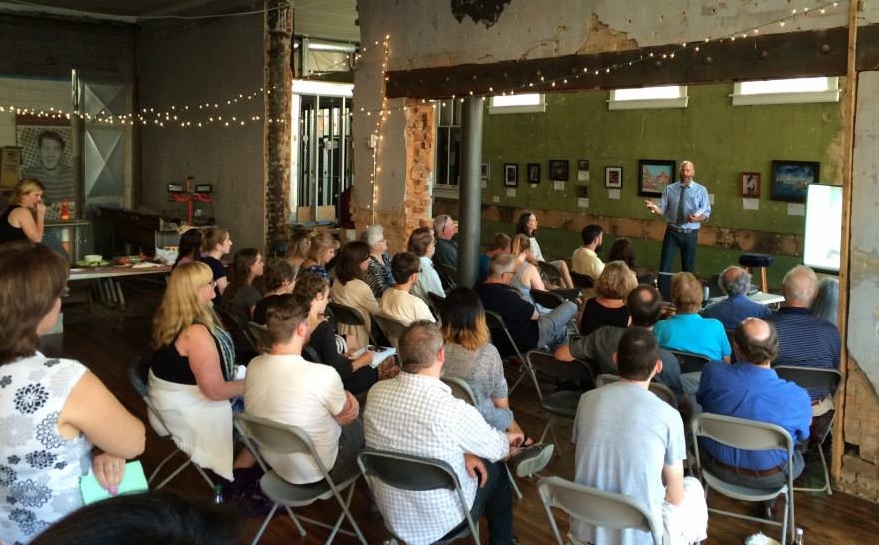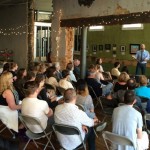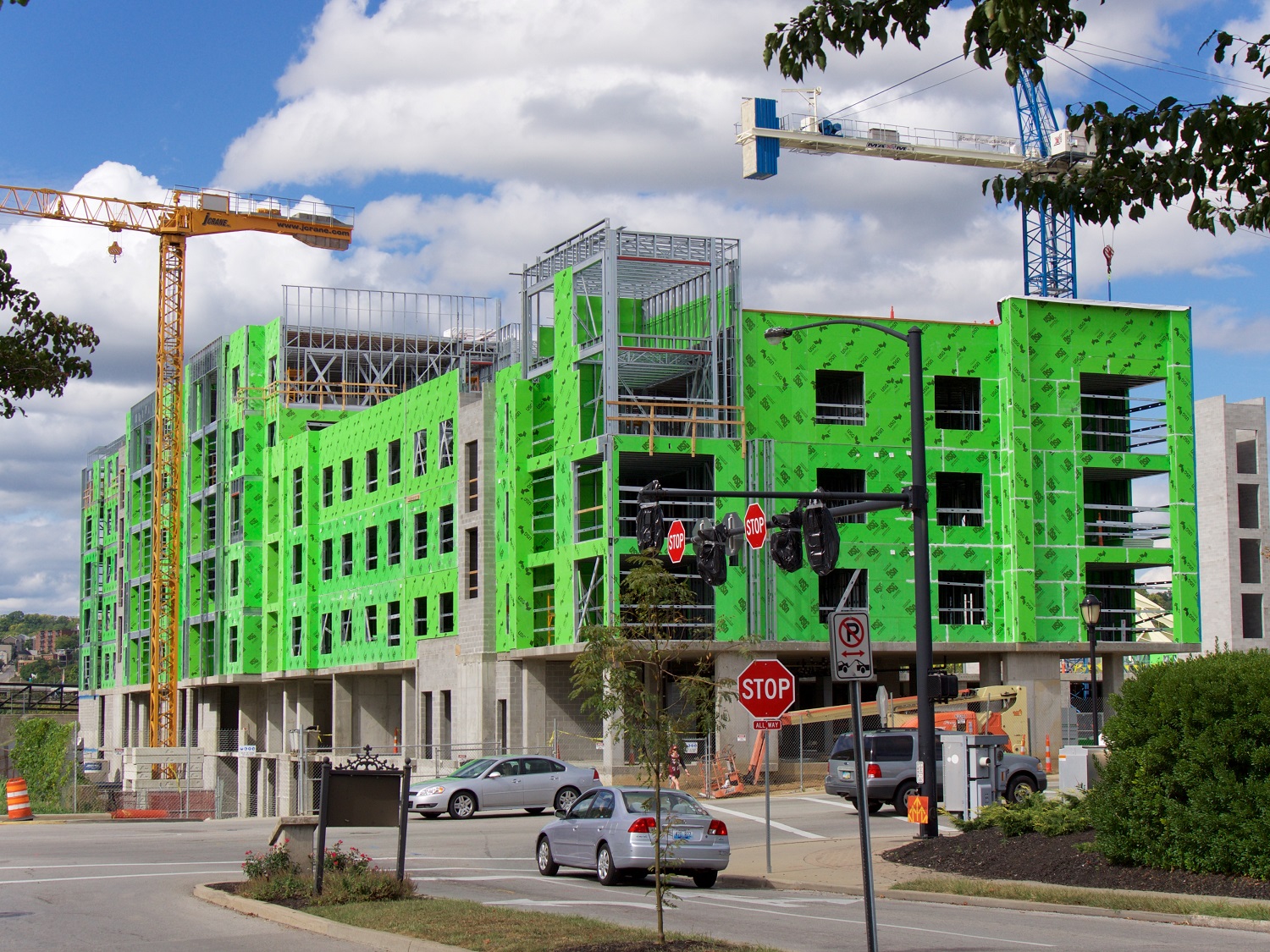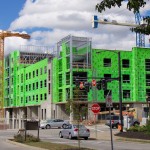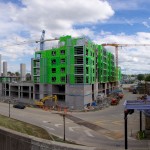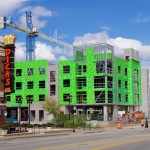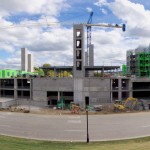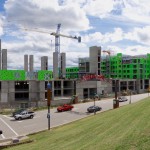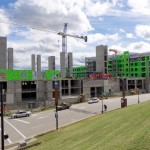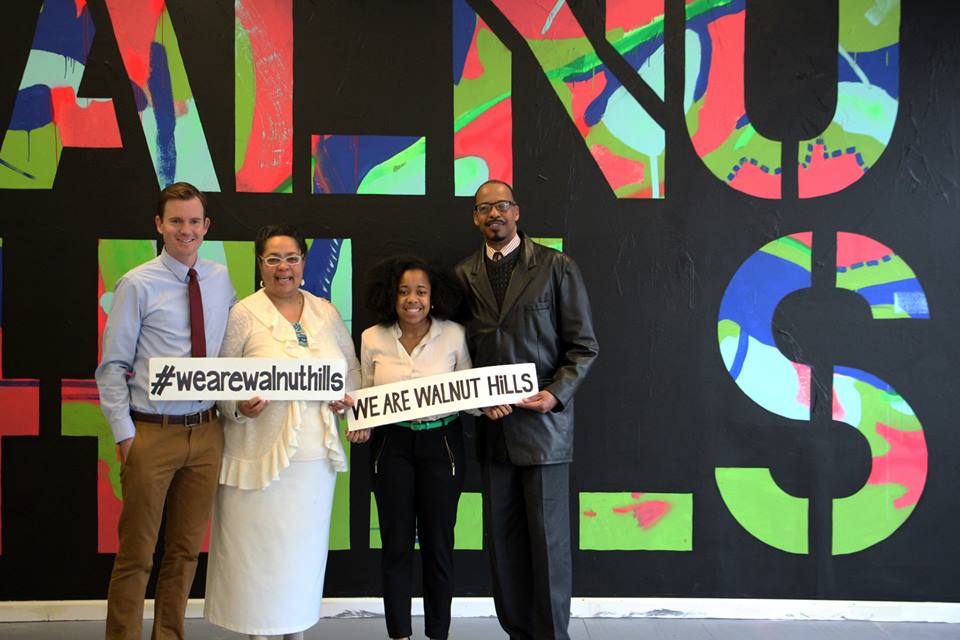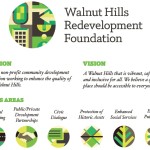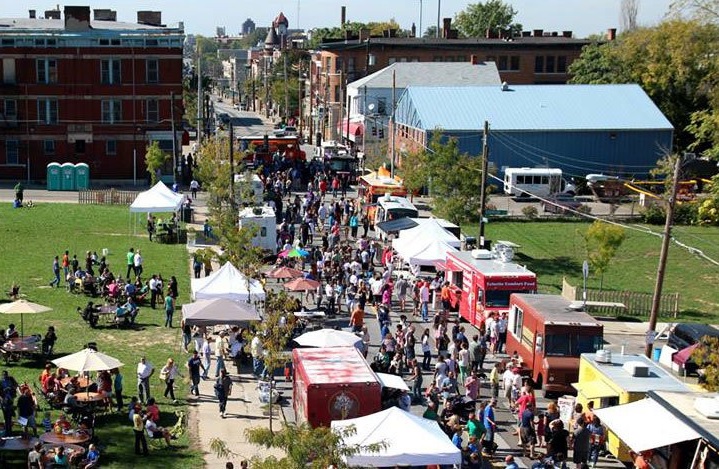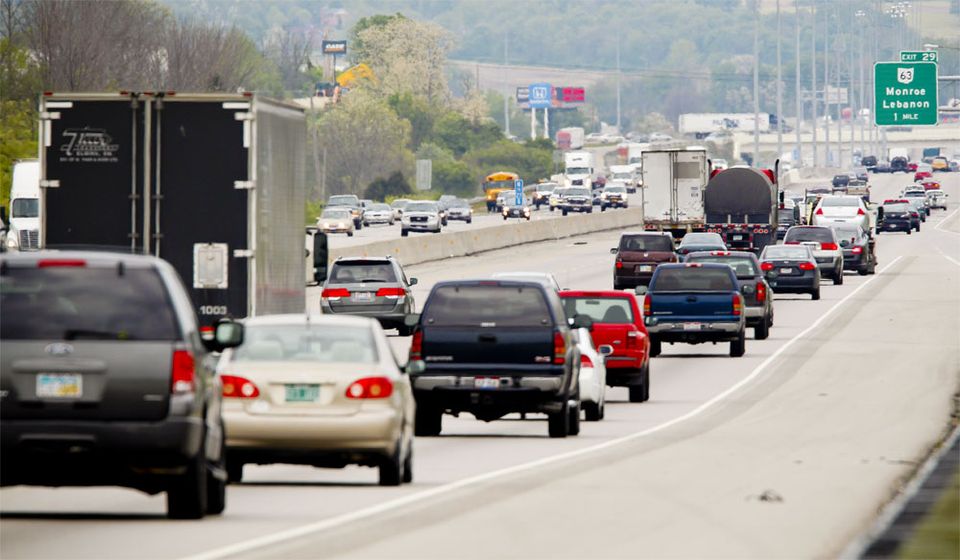For those of us who worry that Over-the-Rhine is in the process of losing its history to a swarm of new development and residents who know little about the previous lives of the neighborhood, there is a new group, of which I am part, which is working to address that very issue.
The impetus behind the Over-the-Rhine Museum, which is still in its formation stage, is to create a space where people can come to “discover and interpret the history of Cincinnati’s Over-the-Rhine neighborhood from its earliest inception through to the present.”
The goal is to accomplish this by using the stories of real people who have lived in specific buildings in OTR to show how the neighborhood has changed over time.
The museum plans to share not only stories of the neighborhood’s celebrated German heritage, but also stories of the Appalachian and African American residents that have helped to define the neighborhood more recently – creating a comprehensive history of the neighborhood over the past century and a half.
The Over-the-Rhine Museum group is in the early stages of forming and is basing itself on the model used by the Lower East Side Tenement Museum in New York City, which is located in another neighborhood with a strong immigrant influence that has changed dramatically over time.
While the Over-the-Rhine Museum does not yet have a physical location, the plan is to establish a pop-up museum in the near future, with the exhibits based on the specific space where the pop-up will be held. Any historic building in OTR can fit the bill for the pop-up space or the permanent museum because, as founding member Anne Steinert says, “all of these buildings have stories to tell.”
Those interested in getting involved with the effort, or simply learning more, can participate in a walking tour of historic tenement buildings around Findlay Market on Sunday, October 4. Tickets for the OTR Tenement Walking Tour cost $10 and can be purchased online.
Group organizers say that they are also planning to host a storytelling event over the winter. Additional questions regarding how to get involved can be directed at otrmuseum@gmail.com.
